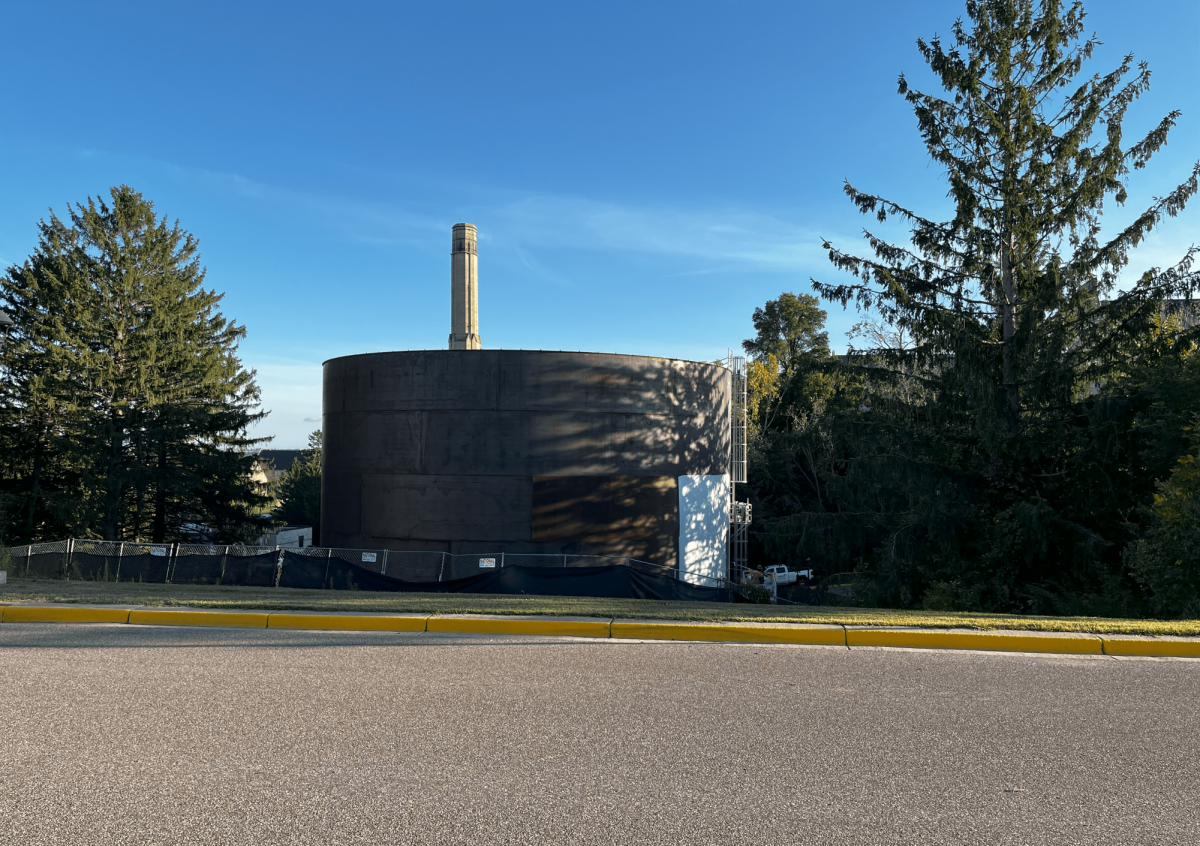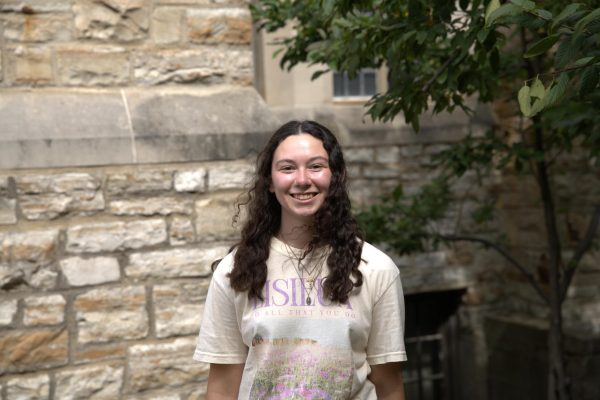This past spring, facilities began work on a new white tank, positioned across the street from the Madson Facilities Building. This construction has left many Oles questioning: what is that big white tank?
The tank is a thermal energy storage tank, which stores water for the cooling system on campus. While there’s already an air chilling system, the campus has increased their use of air conditioning and dehumidification, alongside installing more air conditioning in renovated buildings. The increase of air conditioning got to the point where the original chilling system hit capacity. The tank will be an add-on to the original chilling system to help lighten the load.
“With the trend of temperatures rising, we needed more to cool our buildings,” Director of Facilities Kevin Larson said in an interview with The Olaf Messenger.
When deciding on a system, energy efficiency was one of the top priorities. “We’re looking at what would help the campus be more sustainable in the most cost-effective way we can,” Larson said.
The system itself functions like a battery. At night, the chillers cool the water stored in the tank. During the day, that chilled water is circulated to provide cooling across campus. Inside the tank, the water naturally separates into layers — warmer water at the top, colder at the bottom, with a three-foot buffer zone between.
Assistant Director of Facilities for Energy Management Mark David said that they utilized federal tax credits to help pay for the tank and system. They also plan to charge the water tank at night, cutting down on the cost of electricity.
“After 9 p.m., electricity drops to about half the cost — that’s when they’ll start charging,” David said. At 9 a.m., prices rise again, and the chillers will be turned off. Additionally, using the chillers at night takes a load off the main electrical grid on campus.
“We’re the first college in Minnesota to do this, for sure,” Larson said, commenting on the system they chose. David added that the new tank will be able to help cool the campus for many years to come, without the need of an additional tank. The tank will begin operating next school year.






